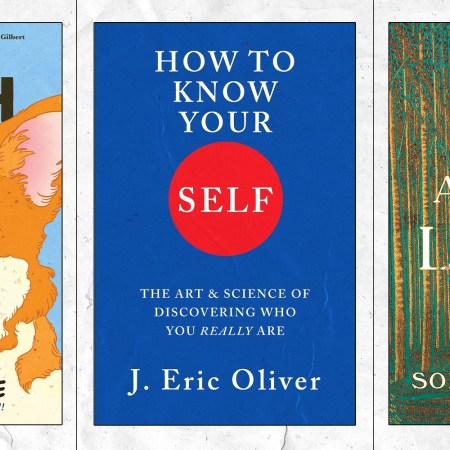For a new generation in India, Google is out, YouTube is in, and this massive shift to mobile video is already making ripples on the future of the Internet.
The numbers are staggering. Indian smartphone users download an average of 8.5 gigabytes of data each month, equivalent to about 40 hours of video. This mark is tops among all nations: 12 percent more than the average monthly download in China, 67 percent more than the U.S. and more than double that of nations like the U.K. and Germany. As a result, India became YouTube’s biggest audience in the world last year, with over 250 million active users.
But it’s not just the volume of web surfing that matters; it’s also the method. Indian users overwhelmingly prefer to speak or swipe when navigating the Internet, foregoing the typing and texting habits of Western users. And they now routinely use YouTube like others use Google—as they’re starting point to find information about anything and everything.
This sea change hasn’t gone unnoticed by tech companies like Google parent company Alphabet. It’s now studying these habits to change app and user interfaces to make them more accessible to voice and touch as well as to shift its content focus to be more video versus text driven.
Thanks for reading InsideHook. Sign up for our daily newsletter and be in the know.


















